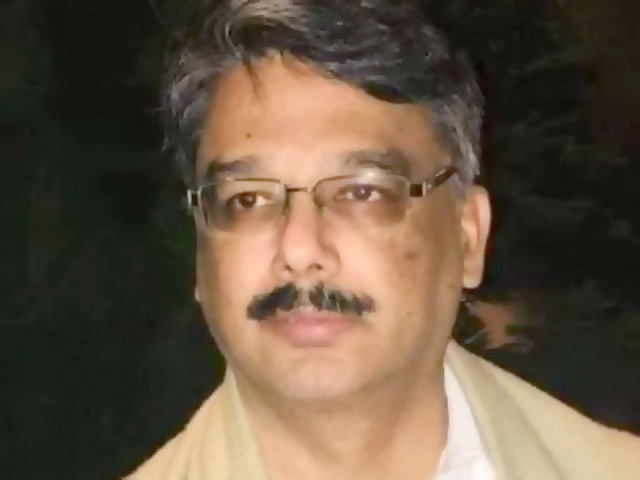Jennifer…
Author: admin
-

Exploring Valuation as AI-Driven Neon Browser Launches for Power Users
Opera (NasdaqGS:OPRA) is rolling out access to Opera Neon, its new AI-powered browser aimed at power users. This release is attracting attention for how it uses agentic AI to automate browsing tasks and streamline workflows.
See our latest…
Continue Reading
-

what consumers are demanding in 2025
This article was originally published in the Hair care Trend Report. Receive your copy here
From celebrity serums to clinical staples, consumers are flocking to hair growth solutions. And as…
Continue Reading
-
Trump: Tariffs have brought peace to the world – Forex Factory
- Trump: Tariffs have brought peace to the world Forex Factory
- ‘Within 24 hours I had a peace deal’: Donald Trump repeats India-Pakistan truce claim; cites trade pressu Times of India
- “US Peacekeeper Because Of Tariffs”: Trump’s Big Claim On…
Continue Reading
-

‘I almost lost everything’ in fashion business
Noor NanjiCulture reporter
 Bauer-Griffin/GC Images/Getty Images
Bauer-Griffin/GC Images/Getty Images“It’s not about him, it’s about me,” declares Victoria Beckham (“him” being her husband Sir David Beckham).
And that’s exactly what we get in a new three-part documentary, which drops…
Continue Reading
-

Maggie Baugh Returns to Social Media Amid Keith Urban Speculation | Keith Urban, Maggie Baugh | Celebrity News and Gossip | Entertainment, Photos and Videos
Maggie Baugh has returned to social media.
The country music singer dropped onto Instagram for the second time this week, amid speculation and rumors she may be involved with Keith Urban, whose divorce was just revealed last week.
Keep…
Continue Reading
-

KISS’ Gene Simmons Hospitalized After Car Crash: His Statement
KISS bassist/vocalist Gene Simmons was hospitalized Tuesday after a car crash in Malibu, California, NBC4 Los Angeles was the first to report.
Simmons’ wife Shannon Tweed let NBC4 know that the rocker was recovering at home,…
Continue Reading
-

‘First phase’ of ceasefire deal to end war in Gaza agreed by Israel and Hamas | Gaza
Israel and Hamas have agreed to the “first phase” of a peace plan to pause fighting and release some hostages and prisoners held in Gaza, bringing the best hope yet of a definitive end to a bloody two-year conflict that has killed ten of…
Continue Reading
-

Best Prime Day Deals Loved by Celebrities October 2025
Got2b Glued Brows & Edges Gel ($6, originally $7)
If there was a brow gel that I’d say was sent from Heaven, it’s this one from Got2b. I started using it over the summer after seeing Kylie Jenner’s GRWM on TikTok and I haven’t gone back to my old…
Continue Reading

